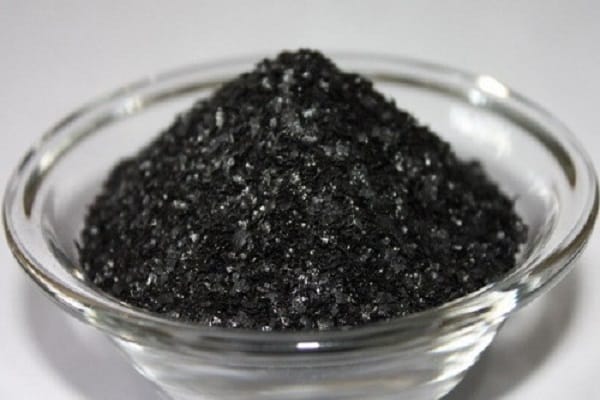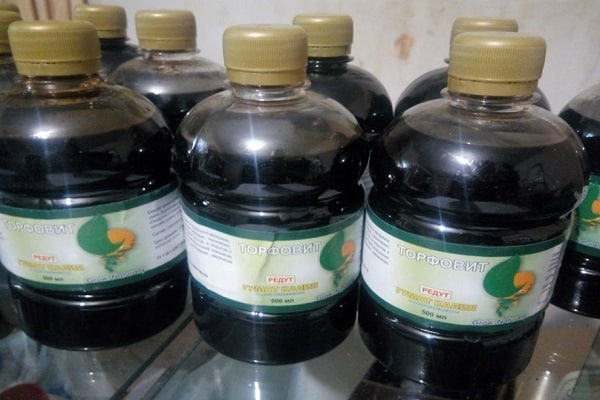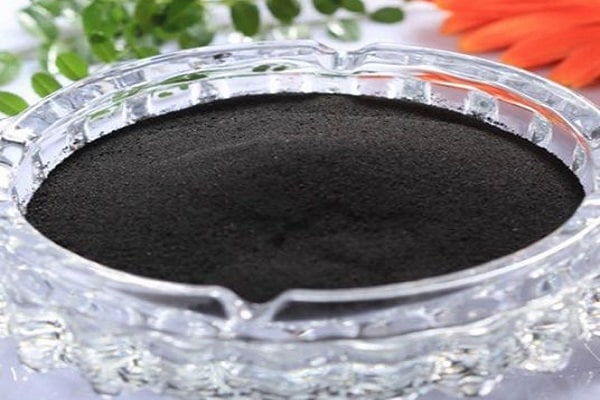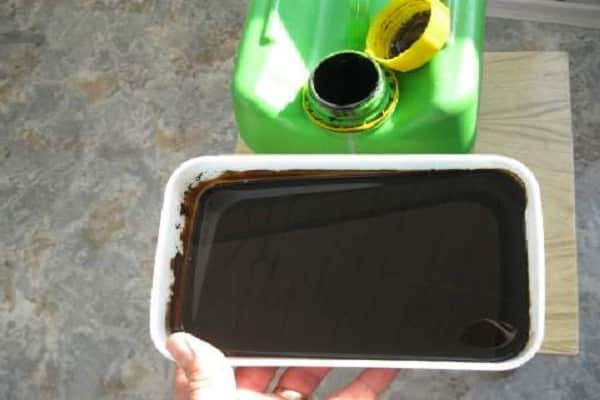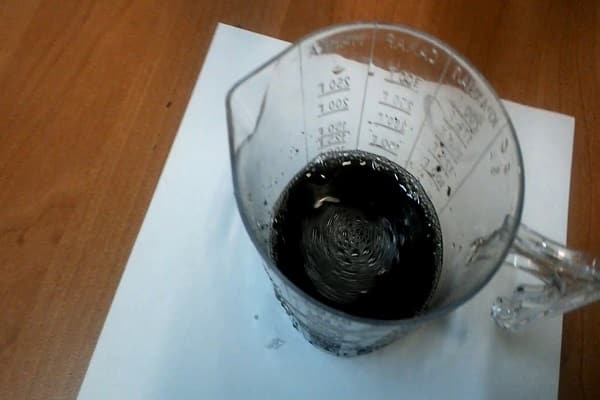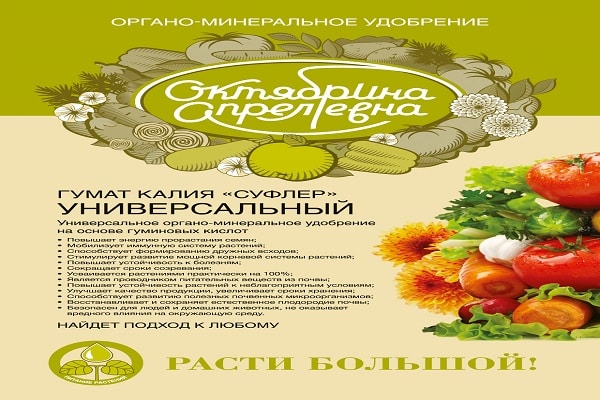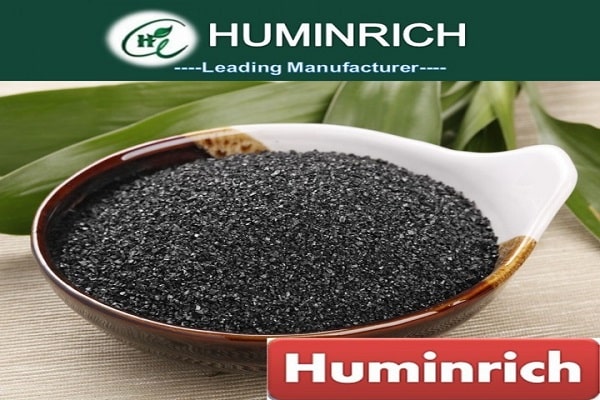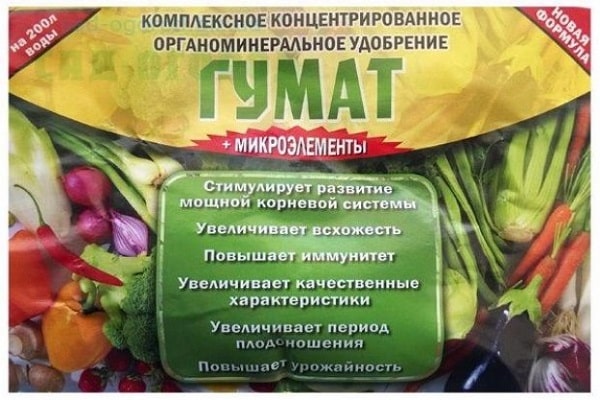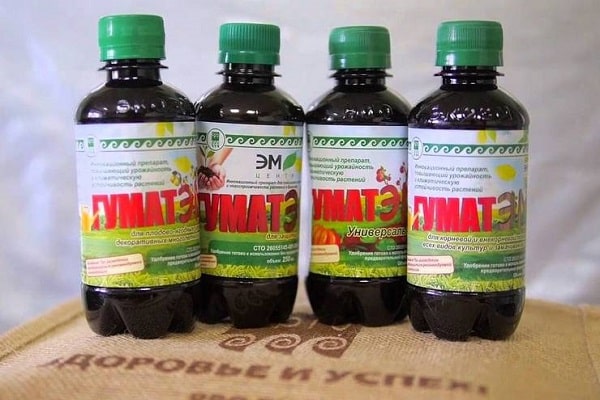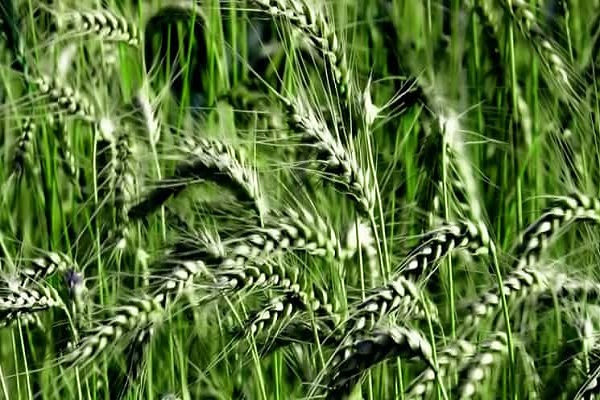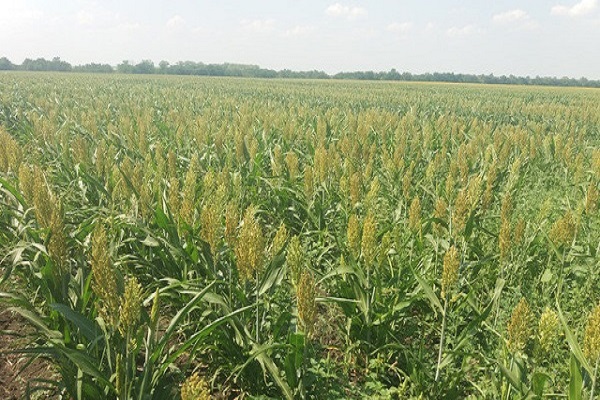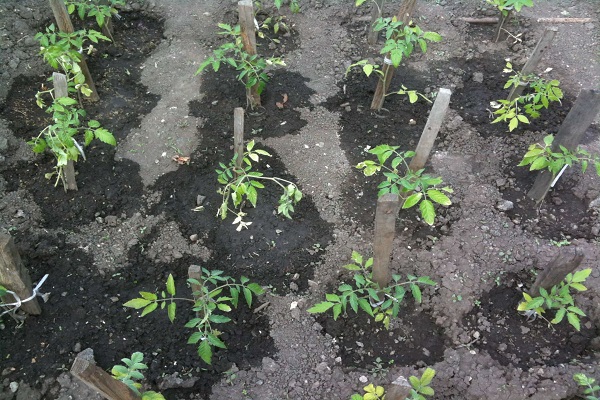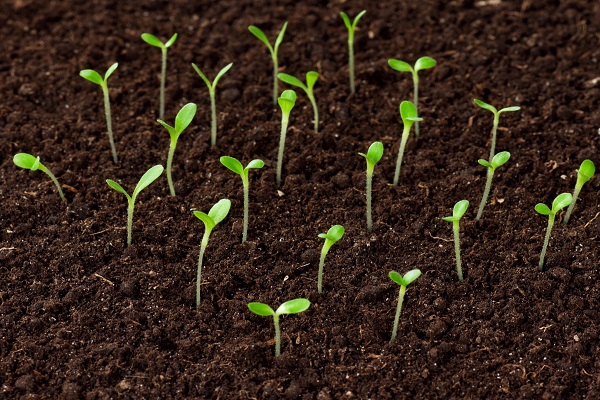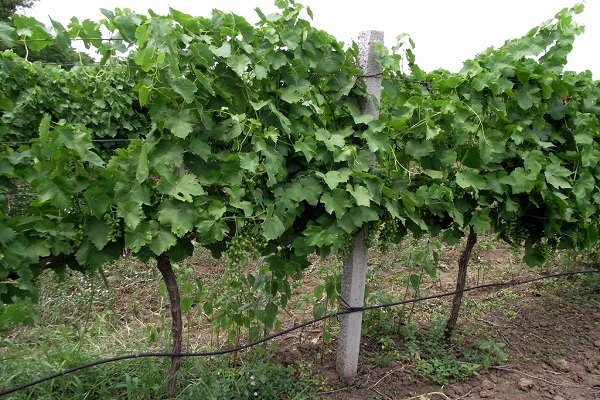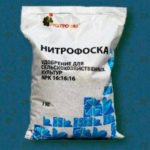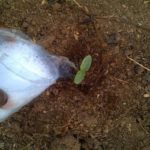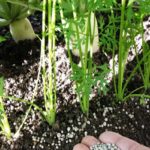Potassium humate helps restore the balance of nutritional components in the soil, promotes accelerated growth and development of plants. Preparations with humates are completely natural, do not contain chemical additives and are absolutely safe. The main components are sodium and potassium acids. All components easily dissolve in water and turn into a useful solution.
What are humates and what are their benefits?
Preparations with humates consist of various humic acids. Humus itself is obtained as a result of the breakdown of organic components. The more organic products and waste there are in the soil, the more humus accumulates (provided that there is little oxygen supply). All important processes involving humates occur in the presence of water, soil and plants.
The humus content in the soil can be determined by external signs:
- if the soil is light gray when dry and brown after watering, then the amount of humus is approximately 1%;
- the color of the soil is gray or gray-brown indicating a weak-moderate humus composition (about 2%);
- The medium-humus composition of the soil can be recognized by the dark gray or dark brown tint of the soil; after watering or rain, the soil becomes almost black (about 4%);
- Humus soil is distinguished by its rich black color when dry and brownish-black after watering (humus in such soil is about 6%).
The amount of humus in the soil depends on the supply of organic components (manure, bird droppings, compost) and plant residues. Its content in the soil may change annually. The decrease in humus levels is affected by the constant formation of the crop. Loosening and digging the soil has a negative effect on the amount of humus. Therefore, it is important to periodically add organic components.
Humate fertilizer has a number of positive qualities:
- The preparations improve the composition and quality of the soil, enriching it with nutrients, stimulate the growth and development of plants, and reduce the impact of harmful substances.
- Humus colors the soil darker, so heat is retained in the soil for a long time.
- Maintains water balance at the proper level, preventing fluid stagnation and drying out.
- Using humates, you can adjust the composition of the soil. Sandy soils become more viscous and, conversely, clay soil becomes looser.
- Thanks to fertilizer, plants better absorb moisture and nutrients.
Potassium humate is a granular mass consisting of small dark brown particles. Most suitable for vegetable crops, takes well fertilizing wheat and corn. Legumes, as well as pumpkin and sunflower, react the least to such feeding.
Instructions for use
Fertilizer can be used at all stages of development of garden plants. Instructions for use of potassium humate will help you determine the basic rules for using the component. Each type of crop has its own dosage for using the drug. Only correct and timely use of fertilizer will help achieve the desired results.
When growing annual plants, humate begins to be applied even before sowing. It is better to feed perennial crops after germination or after transplanting to a new plot of land.
Fertilizing plants with potassium humate is carried out in three main ways:
- At the stage of preparing seeds for planting (seeds are soaked in solution). It is necessary to dilute 0.5 g of the drug in one liter of water. Seeds and plant bulbs are immersed in the solution for 9–11 hours.
- Preparing a solution for irrigation involves measuring 30 g of the drug and dissolving it in 10 liters of water.
- Foliar treatment of horticultural crops. For spraying, 3 g of fertilizer is dissolved in 10 liters of water.
It is impossible to reduce or increase the dosage during preparation of the drug. In this case, plant growth may completely stop and yields may decrease.To increase efficiency, humate can be combined with other useful components, for example, mullein or humus.
Potassium humate peat liquid
Peat potassium humate in liquid form is a thick, dark brown solution. The content of humic acids in it reaches 80%. Additional useful components are nitrogen, potassium, and phosphorus. The drug helps stimulate plant growth, improve the quality and quantity of crops, and improve immunity.
Before use, the liquid is diluted with water according to the rules. To increase the nutrients in the soil, you need to take 0.1% of the liquid preparation; for spraying or soaking, you need to measure 0.02%. In addition to soaking seeds and foliar spraying, it can be used to nourish the soil. The instructions do not prohibit combining the product with mineral, organic or chemical nutritional components.
Potassium humate Prompter
The potassium humate preparation Prompter is unique due to its combination of organic substances and mineral components. This determines the main positive aspects of the drug:
- the process of crop ripening is accelerated;
- resistance to many infections increases;
- seeds germinate much faster;
- micronutrients are better absorbed by the plant;
- the balance of nutrients in depleted soils is restored and their composition improves;
- the plant withstands the influence of unfavorable factors, for example, cold or drought;
- the yield increases, which is stored for a long time.
Fertilizing with Prompter can be carried out from spring and all summer twice a month. It is recommended to apply every 1.5 months throughout the fall and winter.
Potassium humate peat powder
Potassium peat humate in powder form, which dissolves well in liquid, will help enrich the soil with the necessary microelements. The advantages of the drug are:
- the content of nitrates and other toxic compounds is reduced;
- resistance to diseases and pests increases;
- accelerates the growth and maturation of crops;
- the underground part of the plants is strengthened;
- thanks to the development of beneficial microflora, the supply of nutritional components improves and increases;
- crops withstand drought, cold and other unfavorable influences.
It has been noted that 1 kg of powdered potassium humate will replace 1 ton of humus, which indicates the economical use of the substance.
How to use for gardening?
Depending on which crop is intended to be treated with potassium humate fertilizer, the instructions suggest different rules for diluting the drug.
Application to grain crops
The treatment of grain crops with humate begins long before the start of sowing. It is useful to keep the seeds in solution for some time before sowing. For 1 ton of grains, you need to dissolve 100 g of liquid concentrate in a bucket of water. It is especially important to treat the seeds of winter grain crops. Under the influence of fertilizer, the development of the root system of plants improves, and healthy, strong seedlings appear.
In the case of treating spring grain crops, the immune system is strengthened, it is possible to resist many pests, friendly shoots appear in the spring in a short time, and resistance to drought and other adverse influences increases.
During the growing season, it is advisable to spray with potassium humate. Usually two applications for the entire season are sufficient.The first time is at the tillering stage, the second time can be sprayed during the heading period. As a result, the processes of formation and development of grains improve, and their number increases.
Potassium humate on vegetable crops
Vegetable seeds begin to be treated with humate before sowing. During the entire growing season, application up to five times is allowed. For watering, you will need to dilute 80 ml of fertilizer in a bucket of water. In most cases, per 1 sq. m., about 5–6 liters of concentrate are consumed, consumption depends on the type of crop planted. The same solution can be used for spraying. The consumption rate is reduced by 1 sq. m. up to 2 liters.
In addition to regular humus, other varieties of the drug are produced, which differ in additional components. Thus, Humate 7 iodine contains 0.005% iodine. It is advisable to use the drug during the formation and ripening of fruits.
Treating seedlings with iodine humate, You definitely need to know the technology of how to properly water seedlings. The use of iodine fertilizer increases the yield and promotes the smooth ripening of vegetables. The seedlings begin to be watered with the solution on the first day after sowing. Feeding is carried out once every two weeks.
Initially, prepare a concentrate consisting of 10 g of the drug per bucket of water. Then take 1 liter of the finished concentrate and dilute it in 9 liters of water. The resulting solution is useful for watering vegetable beds per 1 square meter. m. 4.5 l.
Fruit crops and grapes
All parts of fruit trees and garden shrubs are treated by spraying. Root treatment is recommended to be carried out together with the application of pesticides and herbicides. They are fed with humates mainly before flowering, during the formation of ovaries and ripening of fruits.
You will need to dissolve 70 ml of solution in 1 liter of water. Potassium humate promotes the accumulation of nutrients and sugar in ripening fruits. As a result, sweet and healthy fruits are formed.

